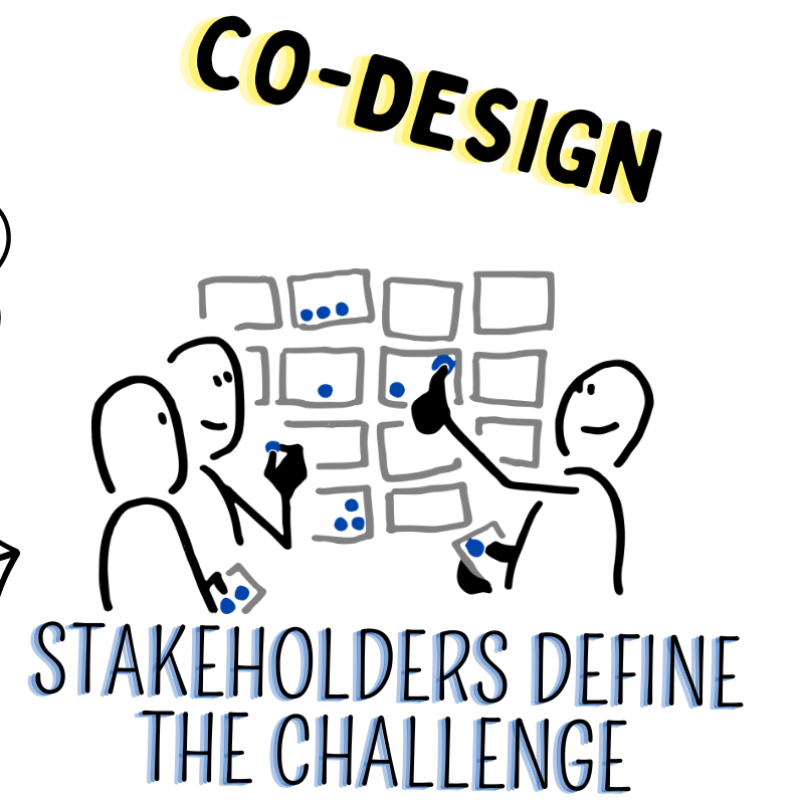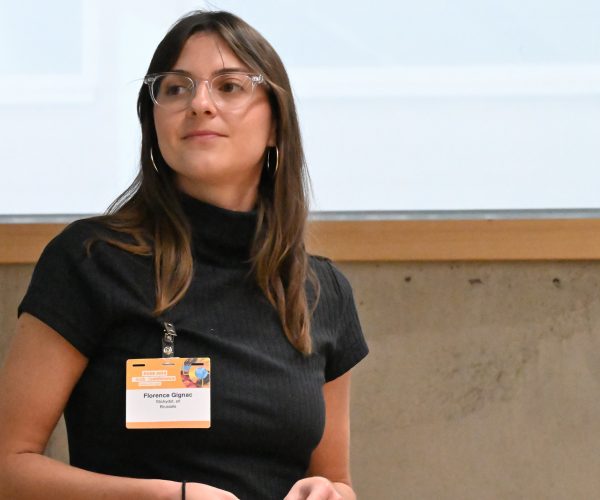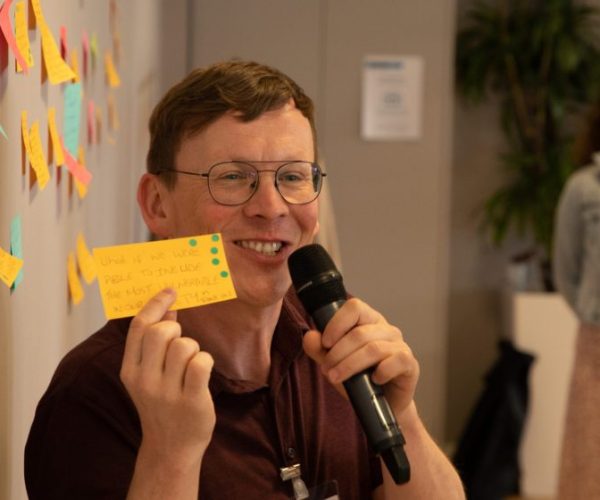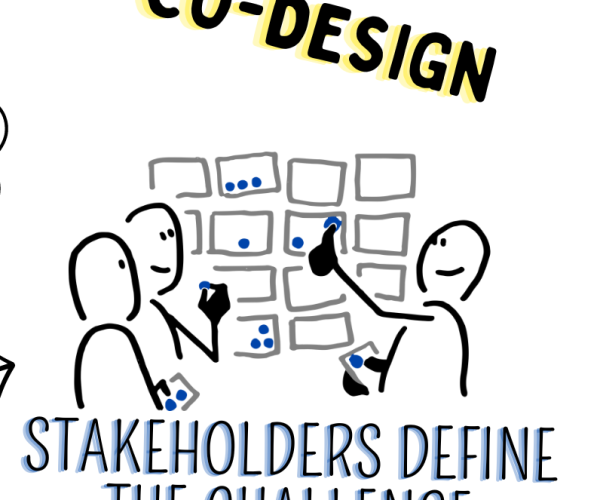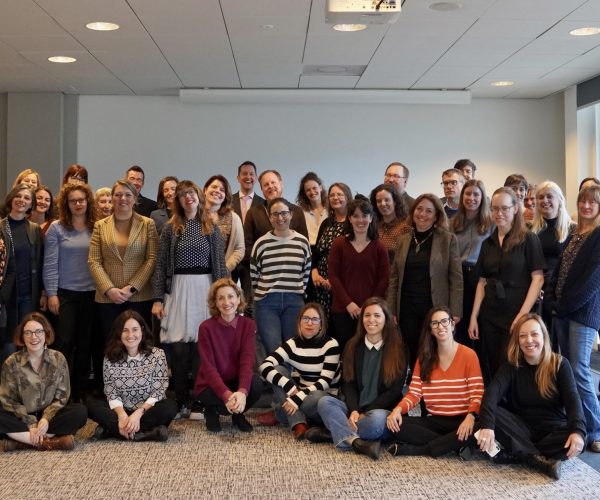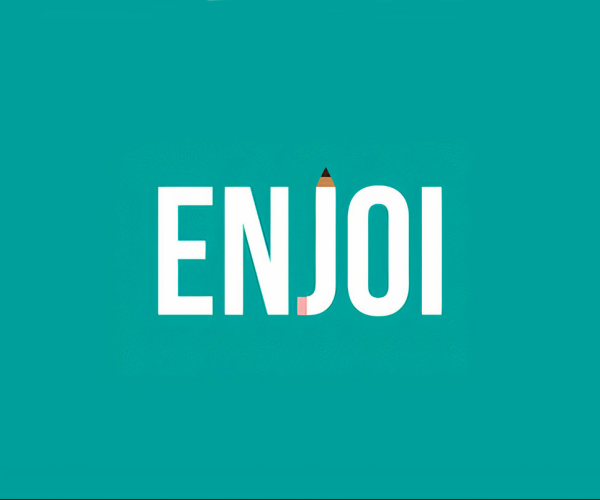During the ‘Co-creation in EU Missions’ event, organised by our MOSAIC project, several participants mentioned how glad they were to see the term ‘co-creation’ being used in such a clear way. It is true that anyone who is involved in policy making, urban planning, sustainability, or even business has probably come across words such as these: co-creation, co-design, co-production, co-development, consultation, co-, co-, co-… Admittedly, these ‘co-’s do get thrown around a lot, sometimes without much thought.
In a way, it is understandable that there might be some confusion around these terms. Indeed, there is a similar intention behind all of these processes: to include the perspectives and inputs of different stakeholders from research, business, policy, and society in the processes that aim to address the difficult challenges we all face.
Even the existing academic literature about these topics acknowledges the lack of clarity in the use of these terms. And while there have been notable efforts to demarcate specific meanings for these terms these have not fully found their way into the practical, everyday use of the words.
At Stickydot, these concepts are the bread and butter of what we do, which is why we will take some time to explore their meaning. We do not intend, by any means, to present the final, iron-clad definition of these terms, but we are simply aiming to clarify how we conceptualise, and ultimately use, these words in our work. To keep it short and simple, this time we’ll be tackling three concepts: co-creation, co-design, and stakeholder consultation.
 1. Stakeholder Consultation
1. Stakeholder Consultation
A consultation refers to the practice of inviting relevant stakeholders to share their views on a certain predefined topic or challenge. This process does not intend to directly generate solutions for the issue, but it serves as a way to collect the feedback, concerns, and priorities of those who would end up being affected by the subject, possibly resulting in a redirection of the design process, or to adjustments in a research agenda.
This process allows you to hear from different perspectives before kicking off a project, designing a product, or implementing a policy. This ensures that you hit the ground running and that the outcomes of your work are better adapted to address the needs of your stakeholders.
A fruitful stakeholder consultation can take many forms. It can involve small groups or cohorts in the thousands, just as it can last anywhere from a couple of days to several months. There are some elements, however, that should always be taken into account. The consultation should be inclusive and guarantee diversity, in order to ensure that all relevant voices are heard. This means that a comprehensive stakeholder mapping is just as crucial for this process as for any of the other ‘co-‘s.
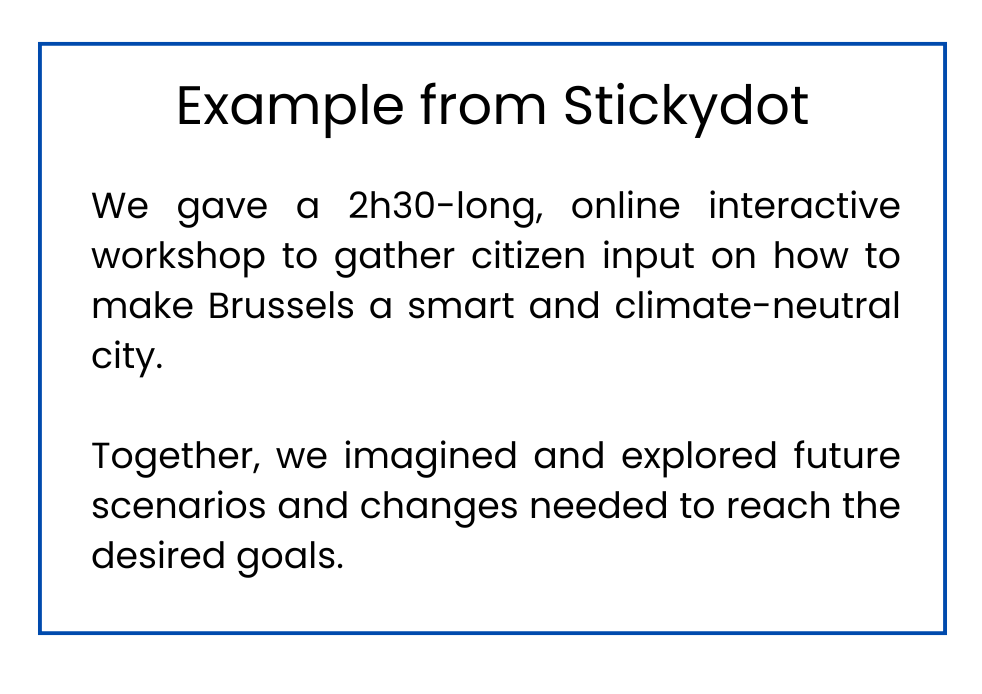
One of the key ingredients for success in this process is to have excellent facilitation. What is the point of gathering all those different voices if not all of them can have a chance to be equally valued? This is why stakeholder consultation sessions should include strategies that encourage participants to engage meaningfully. From icebreakers and warmups that make everyone feel comfortable to speak up, to brainstorming and prioritisation exercises, the process should be designed to make the most out of everyone’s contributions.
While being a useful and necessary process in its own right, a stakeholder consultation provides only a limited range of possibilities for meaningful participation. After all, stakeholders are invited to share their perspectives on a predefined problem, but don’t contribute further. This process is mostly suited for ‘taking the pulse’ of society on a broad, vaguely demarcated topic.
Read on to discover participatory processes that not only allow participants to actively contribute to designing and creating the solutions for the problems at hand, but also allow them to decide what are the problems to be solved in the first place.
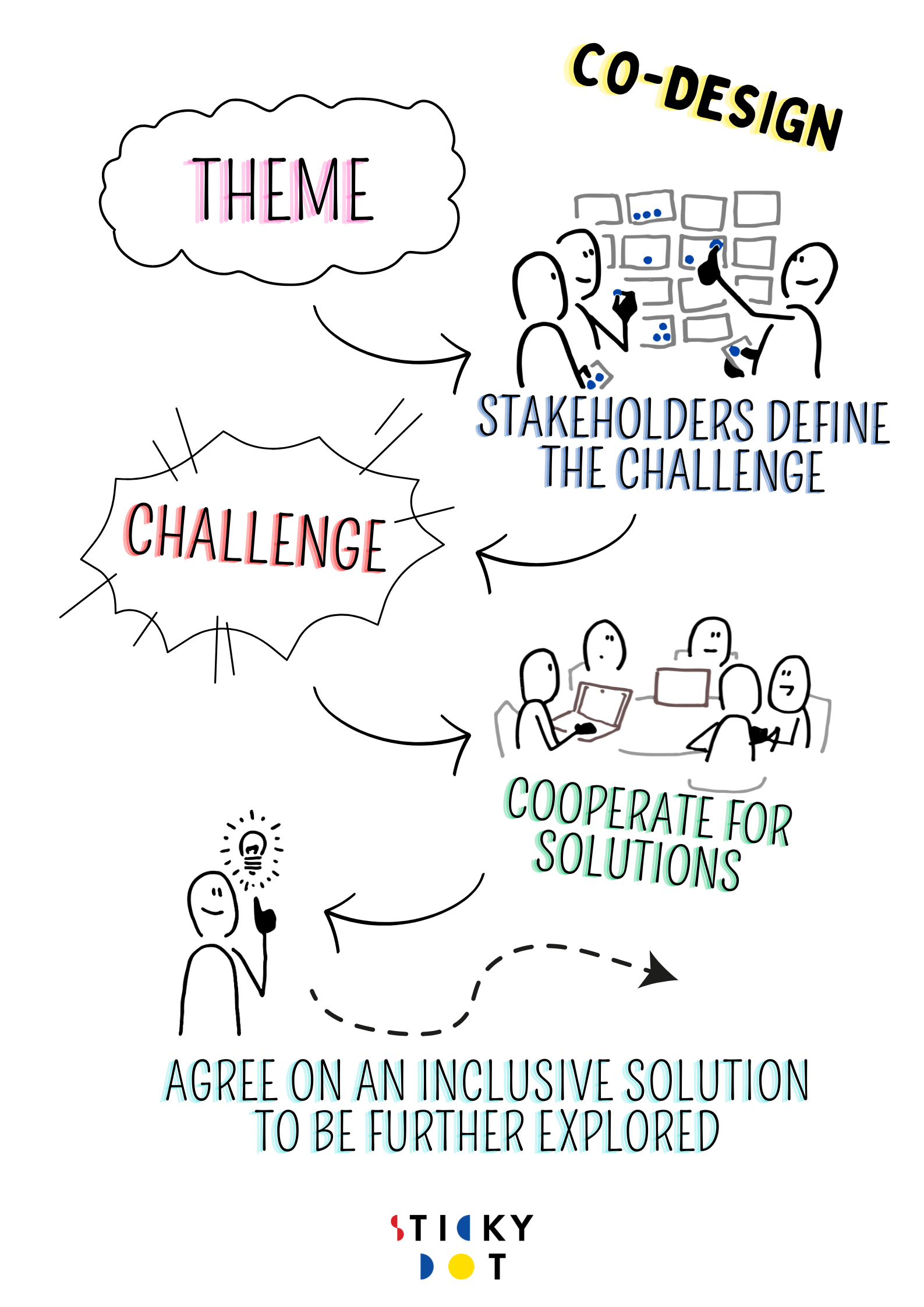 2. Co-design
2. Co-design
A co-design process represents a jump in stakeholder influence on the product/solution, when compared to a stakeholder consultation. This time, the challenge to be addressed is not already pre-defined, which allows stakeholders to collaboratively determine what this challenge is according to their concerns and priorities, using only a general theme as a starting point. This starting point could be something as general as ‘how can we improve mobility in our city?’, or ‘how can we make our business more sustainable?’.
Similarly to stakeholder consultations, co-design creates a space for the ideas of different stakeholders to come out into the open, bringing light to the problems they face in their own lives and activities. This helps pinpoint the challenges and positions of different stakeholders, which, admittedly can seem at first to be diametrically opposed. Expert facilitation is, in such cases, the key for finding among these opposing views the common grounds upon which a solution can be built.
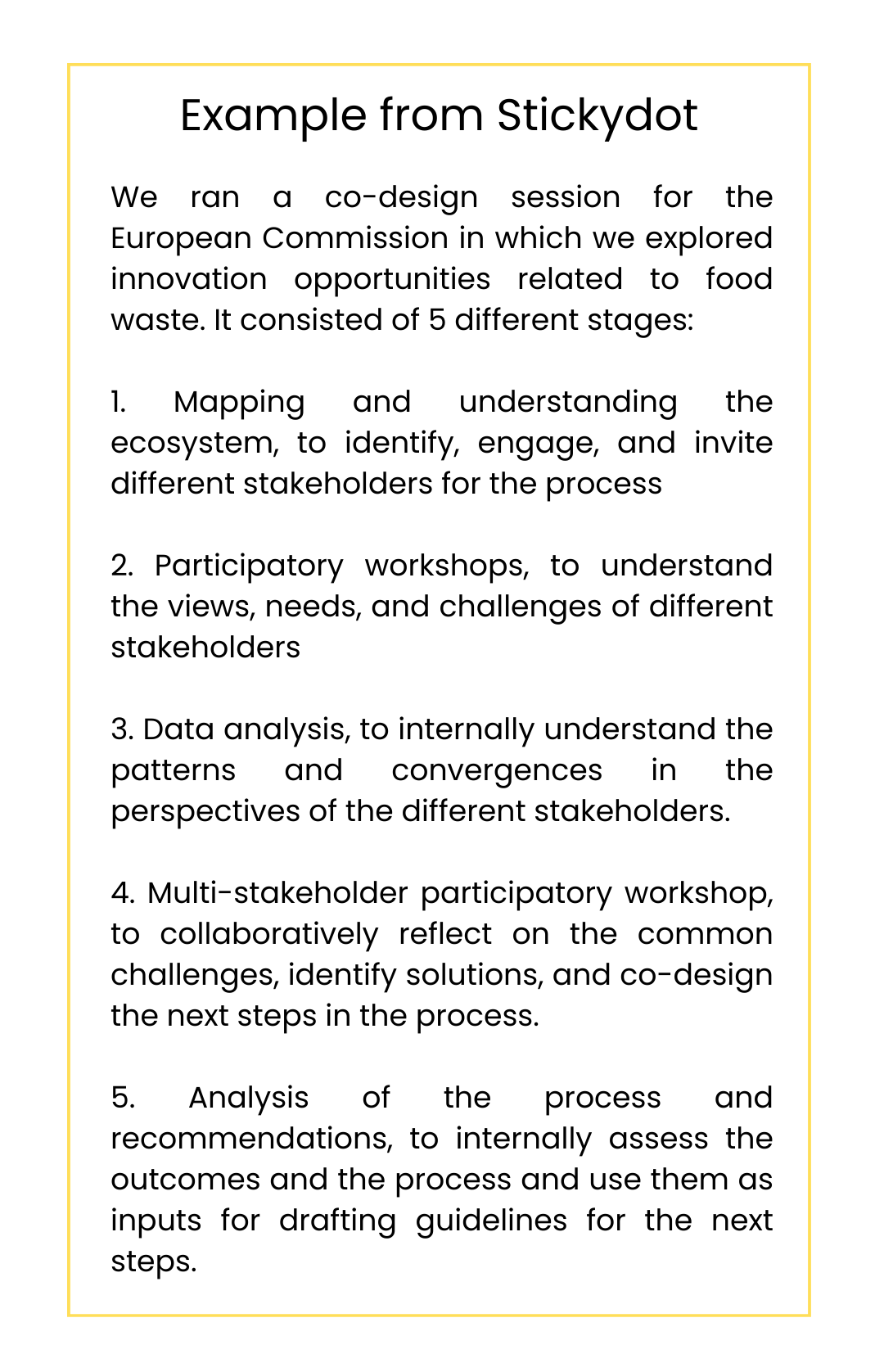
Speaking of building solutions, this is another element that differentiates co-design from a stakeholder consultation. Stakeholders will now also participate in the early stages of the design process for the solution. This happens after the challenge has been defined, and typically involves ideation sessions in which opportunities for resolution of the challenge are analysed and transformed into potential solutions. A good co-design process should produce a strategy or plan for a solution that is solid and inclusive, taking into account the shared interests and concerns of all stakeholders involved.
This, however, is where stakeholder participation ends in a co-design process. The actual production and development of the products or projects designed in the collaborative process are outside the scope of this participatory process. Of course, this ‘limitation’ can have its advantages, particularly when the designed solution requires a great deal of resources or expertise to produce, or when it calls for a change in policy.
It is only in co-creation, the final process that we will discuss in this article, that stakeholders have an active role in the entire process of defining the problem.
3. Co-creation
Co-creation is the process in which the stakeholders go farther down in the development process. In a way, it takes the idea of co-design one step further, allowing participants to take matters into their own hands. Together, they will collaboratively build, implement, and assess the solution for a challenge, which often comes in the form of a new innovation, service, or policy, or at least an improvement of existing ones.
In many cases, co-creation kicks off with a concrete, pre-defined challenge to be worked on or it builds on the results of a previous co-design process. It usually begins with stakeholder mapping, leading to the recruitment of the ‘co-creators’. Early-stage meetings and workshops provide a great opportunity for sharing different points of view and brainstorming solutions.

Now that the stage is set, the real magic of co-creation can begin. Once an optimal solution (or solutions) has been collectively decided upon, all stakeholders can proceed to develop, implement, and test prototypes, with the final goal of having their solution enter the public sphere in the form of a new product, service, or policy. It is an extremely effective and empowering process, but it can also be quite complex. Different stakeholders often have widely different views on the challenge that may not be immediately compatible and can even be met with some mistrust. That is why it is crucial to have a neutral, trustworthy, and unbiased third party facilitating the process.
A solution that is co-created is a solution for everyone, by everyone. It will come from the collective creativity of relevant stakeholders with the intention of addressing everyone’s needs. As a result, all stakeholders will have a sense of ownership regarding this solution, and feel empowered to get involved in the challenges of their communities. What is also special about a co-created solution is that, since it was (co-)developed by its very end-users, the chances of a successful implementation are much greater, as it is less likely that important details related to the user experience or needs would be overlooked.
Co-creation excels in smaller-scale, well defined problems. However, its solutions tend to be quite original, given that they are a product of the hands-on contribution of different people, with different skills and perspectives. This is why it is such a promising process to tackle wicked problems, especially on a tight budget.
Co-mmunicate without co-nfusion
When working on the intersections between science and society, relying so heavily on collaboration and dialogue, we must be able to communicate effectively with our colleagues and partners, using the right words and definitions. This is not only for the sake of linguistic accuracy; it is important that we know what we are working towards so that we can set clear and transparent expectations of what we aim to achieve with our processes.
All three processes are great tools for participation and citizen empowerment that should be considered when dealing with the complex challenges that we are facing today. They foster inclusion, democracy, and collaboration, leading to solid, effective, and fair solutions. Be it in the journey towards climate neutrality, sustainability, urban transformation, or product design, the ‘co-‘s will help reduce blind spots and set you up for success. Use them often, and use them wisely!
Written by Alexandre Torres
